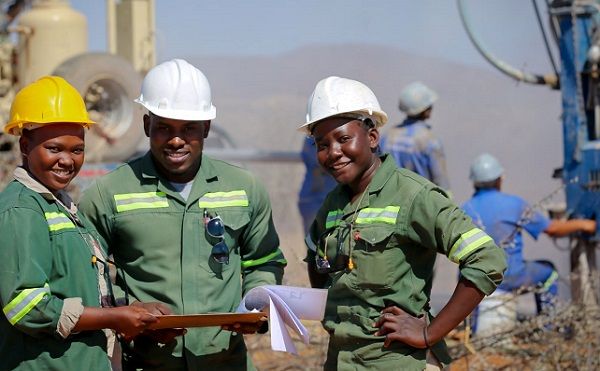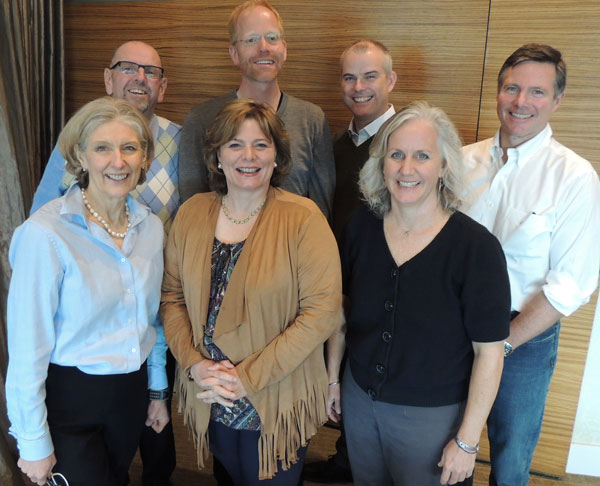
Gold explorer describes complexities of Twin Hills project, cautions against unsubstantiated expectations about its economic potential

The exploration company behind the Twin Hills gold project, Osino Resources, this week shed some light on their activities in the Namibian mining environment, and on their further development of this little-known but complex gold deposit.
The Osino founder and Chief Executive, Heye Daun told the Economist that they have a portfolio of 24 exclusive prospecting licences (EPLs) across Namibia. These they have acquired, either by direct application to the Ministry of Mines and Energy, or through so-called earn-in agreements with at least 11 other EPL owners. Daun pointed out however, that Osino is the majority owner in most of the active EPLs, and that they are the sole operator in all of their exploration work.
This includes their current work on the Twin Hills project. “Osino has been systematically exploring our Namibian license holding with the vision of discovering Namibia’ next significant gold deposit. Our activities have been increasingly focussed on the area between Wilhelmstal, Karibib and Omaruru, where our pioneering techniques have resulted in the delineation of a geologically prospective gold trend, centred around the recently announced Twin Hills gold discovery. Twin Hills has so far only seen a very limited amount of drilling, and there is no certainty at this stage about its future economic potential,” he said.
During 2020 and 2021 Osino will complete extensive drill programmes in the area with a view to defining a code-compliant gold resource and to make additional gold discoveries on the remainder of its license position. “Twin Hills remains a complex, early-stage gold exploration project which will require significant additional investment over the coming years, before any definitive assessment of its potential can be made,” Daun said.
Caption: Osino Resources Exploration Geologist, Theresia Malobela (left) with junior geologists, Johannes Sales (centre) and Linda Hishoono at the Twin Hills drill site. (Photograph by Stefan Redecker)










































